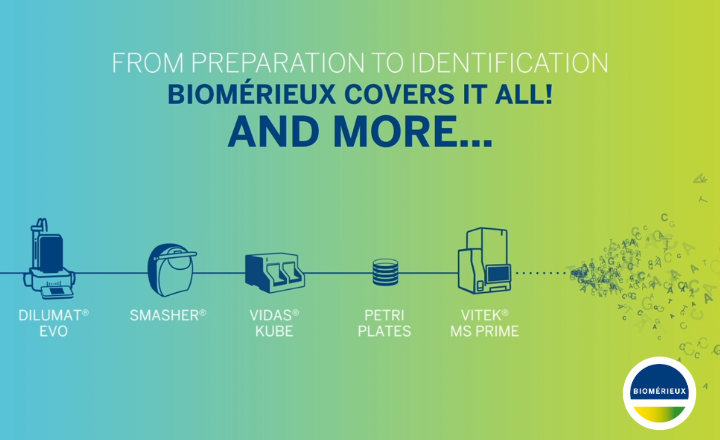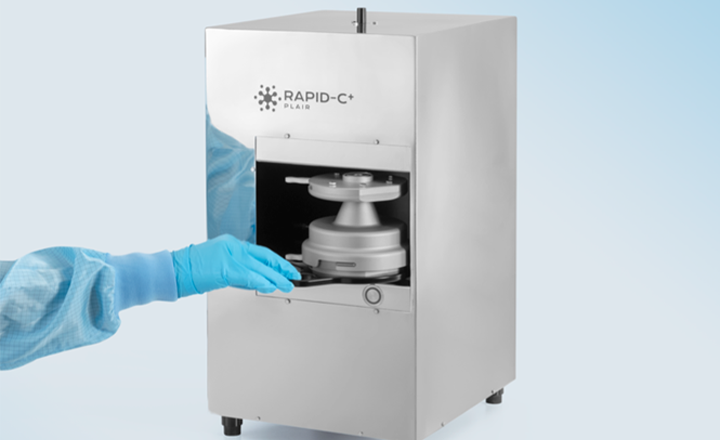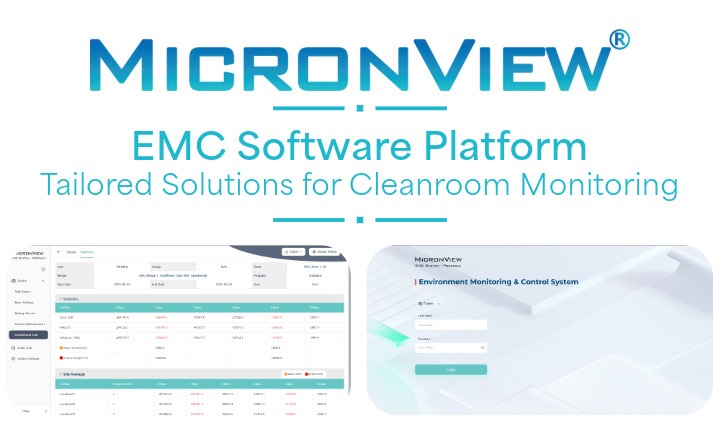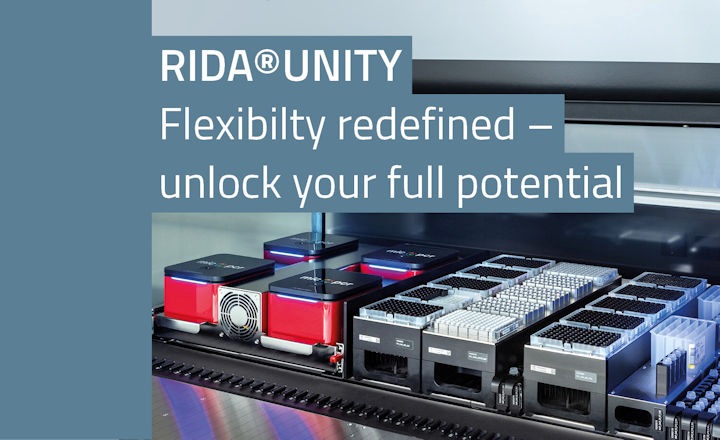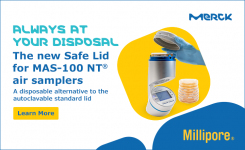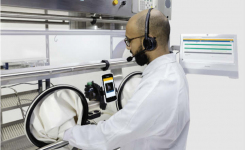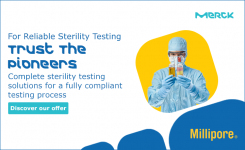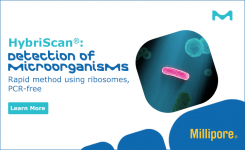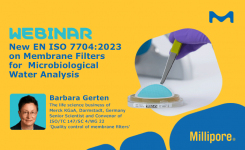Environmental monitoring using culture media in the form of settle and contact plates is a crucial part of aseptic manufacturing. Sampling is generally carried out in cleanrooms and then samples are transferred to an outside lab space for incubation and evaluation of the results. The manufacturing process does not always allow for the immediate transfer of samples to the incubator space. Therefore, the samples may be pre-stored at ambient room temperature or in refrigerators until the official incubation is started.
Objective
This study investigates the influence of different interim storage conditions with regards to the following:
- Growth of selected microorganisms
- In situ surface sampling on naturally contaminated surfaces
Gamma-irradiated casein soya bean digest agar (TSA) with 4 neutralizers was chosen as the test media (TSA w. LTHThio Contact ICR+).
Interim storage conditions were chosen based on different lab practices and are listed below:
- The sample is directly incubated at 30°C to 35°C after surface sampling or inoculation.
- The sample is stored at room temperature for 16 to 18 hours after surface sampling or inoculation and then incubated at 30°C to 35°C.
- The sample is stored at 4°C to 8°C for 2 hours
- The sample is stored at 4°C to 8°C for 6 hours after surface sampling or inoculation and then incubated at 30°C to 35°C.
- The sample is stored at 4°C to 8°C for 16 to 18 hours after surface sampling or inoculation and then incubated at 30°C to 35°C.
- The sample is stored at 4°C to 8°C for >55 hours after inoculation and then incubated at 30°C to 35°C.
Click here to view the results and summary



